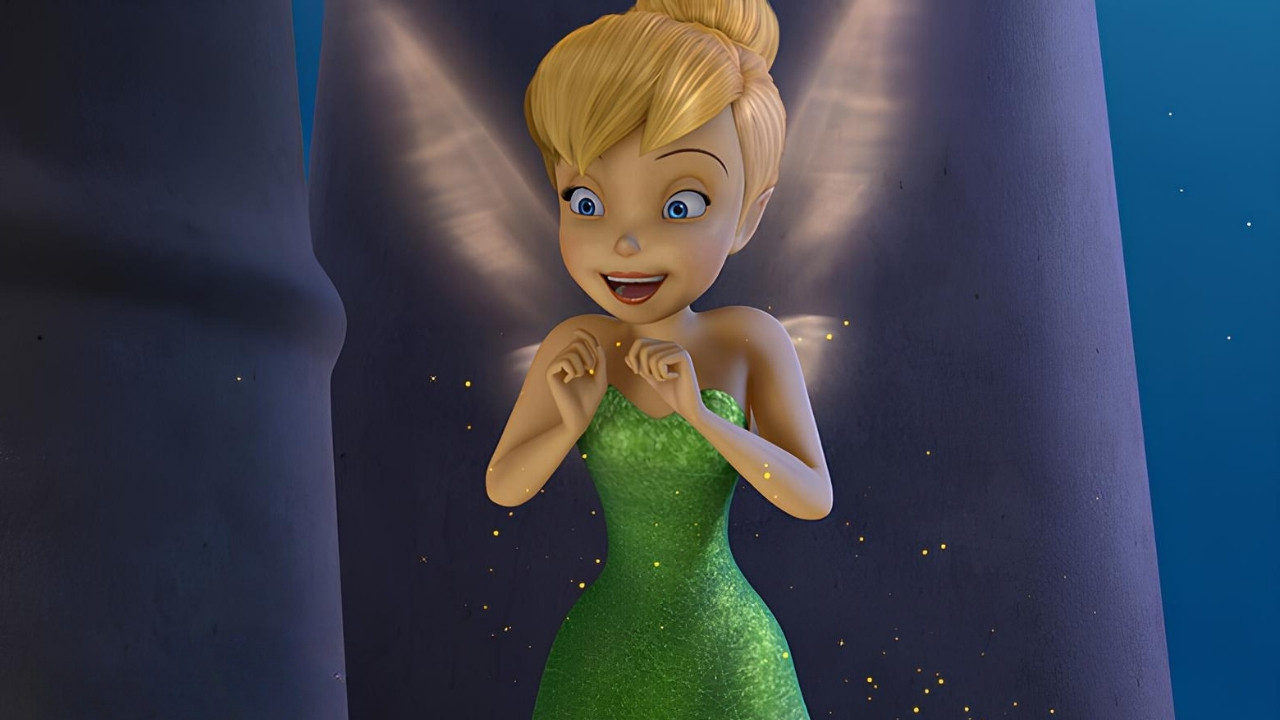
Tinker Bell isn't just a tiny fairy with a big personality; she's a cultural icon. Ever wondered why she’s so beloved? Tinker Bell first appeared in J.M. Barrie's play "Peter Pan" in 1904, and since then, she’s sprinkled her pixie dust across countless hearts. From her mischievous antics to her unwavering loyalty to Peter Pan, Tinker Bell has enchanted audiences for over a century. But did you know she wasn’t always the sweet fairy we see today? Tinker Bell has evolved from a silent, jealous sprite to a symbol of magic and wonder. Ready to dive into 25 fascinating facts about this iconic fairy? Let’s flutter into the world of Tinker Bell and uncover some surprising details!
Key Takeaways:
- Tinker Bell, the iconic fairy, made her debut in J.M. Barrie's 1904 play "Peter Pan" and has since become a beloved Disney character known for her green dress and magical pixie dust.
- Tinker Bell's influence extends beyond movies, with her own franchise of films and books, a star on the Hollywood Walk of Fame, and a presence in Disney theme parks.
Tinker Bell's Origins
Tinker Bell, the iconic fairy, has enchanted audiences for generations. Her story is rich with fascinating details that many might not know. Let's dive into some intriguing facts about this beloved character.
-
First Appearance: Tinker Bell made her debut in J.M. Barrie's 1904 play "Peter Pan" before appearing in the 1911 novel "Peter and Wendy."
-
Silent Character: In the original play and novel, Tinker Bell communicated through the sound of bells, not words.
-
Disney Debut: Tinker Bell first appeared in Disney's 1953 animated film "Peter Pan."
-
Voice Actress: Margaret Kerry was the live-action model for Tinker Bell in the 1953 film, while the character's voice was provided by actress Mae Whitman in later adaptations.
Tinker Bell's Design and Characteristics
Tinker Bell's design has evolved over the years, but certain elements have remained consistent. Her look and personality are key to her charm.
-
Iconic Outfit: Tinker Bell is known for her green dress, which was inspired by leaves.
-
Blonde Hair: Her blonde bun is one of her most recognizable features.
-
Pixie Dust: Tinker Bell's pixie dust grants the ability to fly, a magical element central to her character.
-
Feisty Personality: Tinker Bell is known for her spunky and sometimes jealous nature.
Tinker Bell in Popular Culture
Tinker Bell's influence extends beyond books and movies. She has become a cultural icon in various forms of media.
-
Disney Mascot: Tinker Bell is often used as a mascot for Disney, appearing in the opening sequences of Disney films.
-
Star on the Walk of Fame: In 2010, Tinker Bell received a star on the Hollywood Walk of Fame.
-
Merchandise: Tinker Bell's image is used on a wide range of merchandise, from toys to clothing.
-
Theme Park Presence: Tinker Bell is a staple character at Disney theme parks, often seen in parades and shows.
Tinker Bell's Own Franchise
Tinker Bell's popularity led to her own series of films and books, expanding her story beyond "Peter Pan."
-
Tinker Bell Film Series: Disney released a series of direct-to-DVD films starting in 2008, focusing on Tinker Bell's adventures in Pixie Hollow.
-
Pixie Hollow: The films introduced Pixie Hollow, a magical place where Tinker Bell and other fairies live.
-
Friends and Allies: Tinker Bell's friends in the film series include Silvermist, Rosetta, and Fawn.
-
Voice of Tinker Bell: Mae Whitman voices Tinker Bell in the film series.
Fun Facts About Tinker Bell
There are many lesser-known facts about Tinker Bell that add to her mystique and charm.
-
Name Origin: Tinker Bell's name comes from her role as a "tinker," a fairy who fixes things.
-
Height: Tinker Bell is said to be about 5 inches tall.
-
Peter Pan's Companion: Tinker Bell is Peter Pan's closest companion and often helps him in his adventures.
-
Jealousy: Tinker Bell's jealousy of Wendy is a significant plot point in "Peter Pan."
-
Symbol of Magic: Tinker Bell is often used to symbolize magic and wonder in Disney branding.
-
Environmental Advocate: In some adaptations, Tinker Bell is portrayed as an advocate for nature and the environment.
-
Broadway: Tinker Bell has appeared in various stage adaptations of "Peter Pan," including Broadway productions.
-
Video Games: Tinker Bell appears in several video games, including the "Kingdom Hearts" series.
-
Cultural Impact: Tinker Bell's image and story have influenced countless other fairy characters in literature and media.
Tinker Bell's Magic in Our Hearts
Tinker Bell isn't just a fairy; she's a symbol of imagination and adventure. From her debut in Peter Pan to her own series of movies, Tink has captured the hearts of millions. Her feisty personality, loyalty, and mischievous nature make her a beloved character for all ages. Whether she's sprinkling pixie dust or getting into trouble, Tinker Bell reminds us to believe in magic and the power of friendship. Her iconic green dress, tiny wings, and sparkling dust are instantly recognizable, making her a timeless figure in Disney history. So next time you see a twinkling light or hear a bell, think of Tinker Bell and let a little magic into your life. She's more than just a fairy; she's a reminder that with a bit of faith, trust, and pixie dust, anything's possible.
Frequently Asked Questions
Was this page helpful?
Our commitment to delivering trustworthy and engaging content is at the heart of what we do. Each fact on our site is contributed by real users like you, bringing a wealth of diverse insights and information. To ensure the highest standards of accuracy and reliability, our dedicated editors meticulously review each submission. This process guarantees that the facts we share are not only fascinating but also credible. Trust in our commitment to quality and authenticity as you explore and learn with us.
